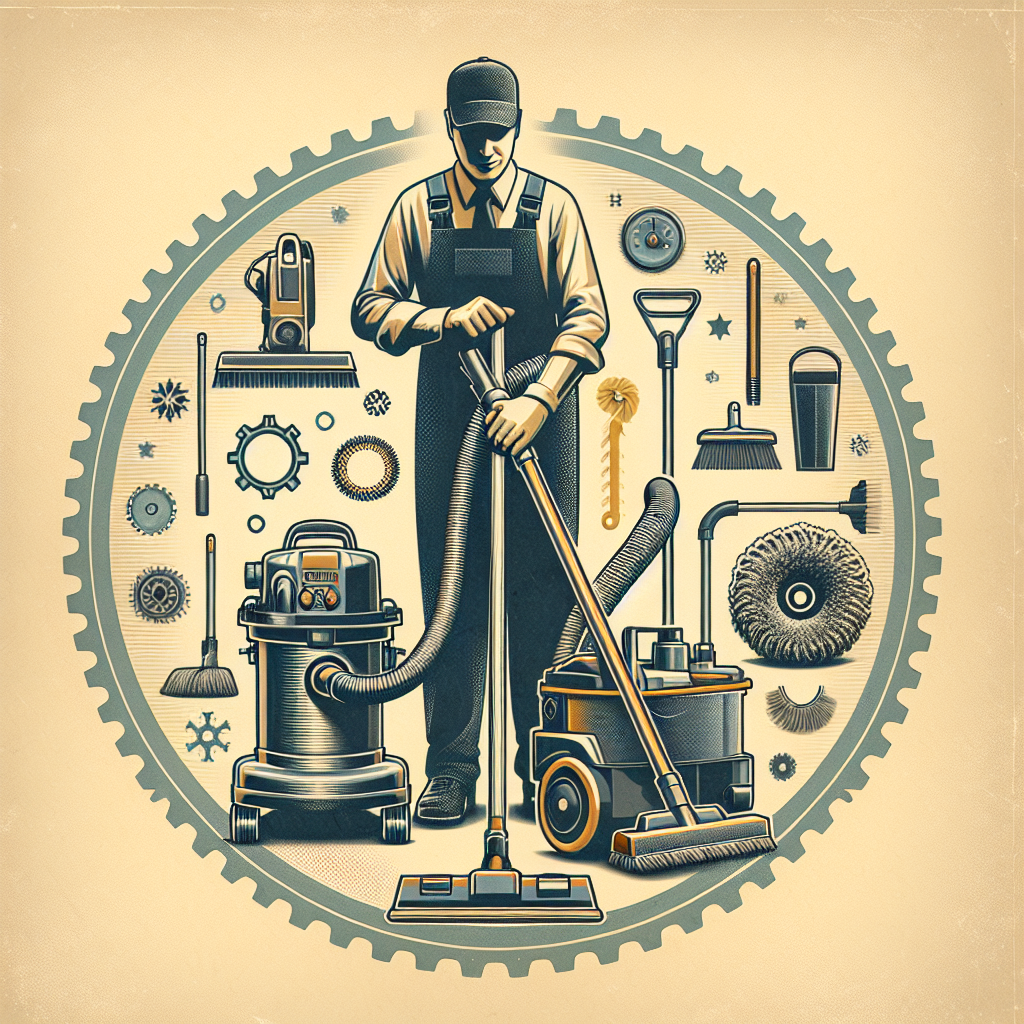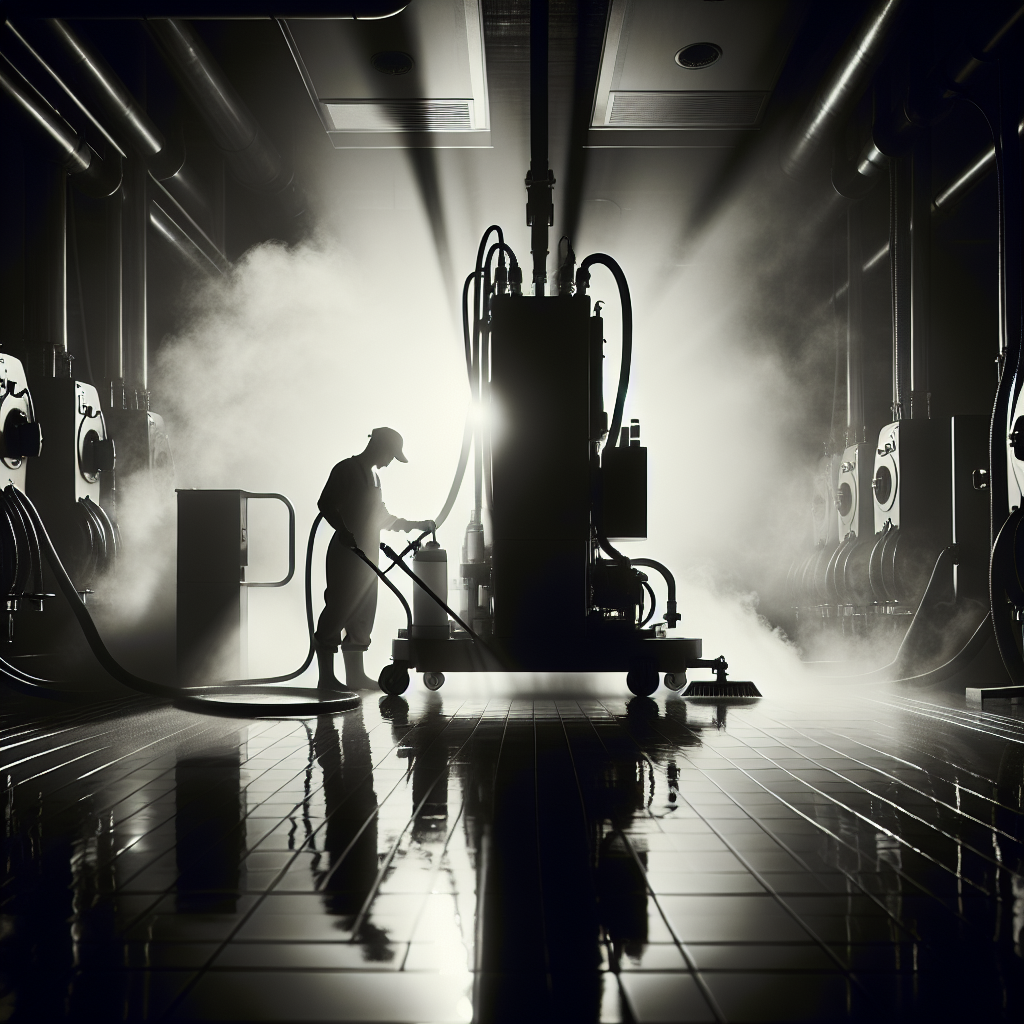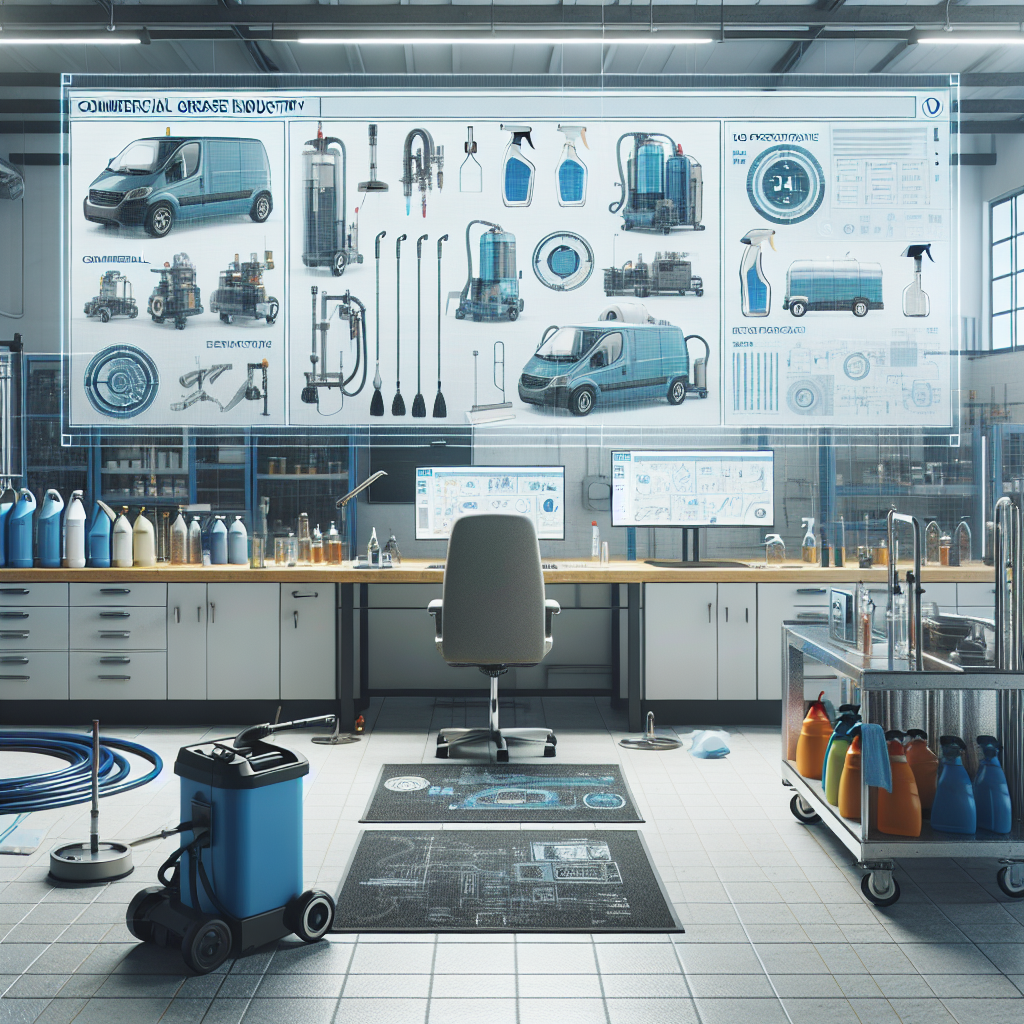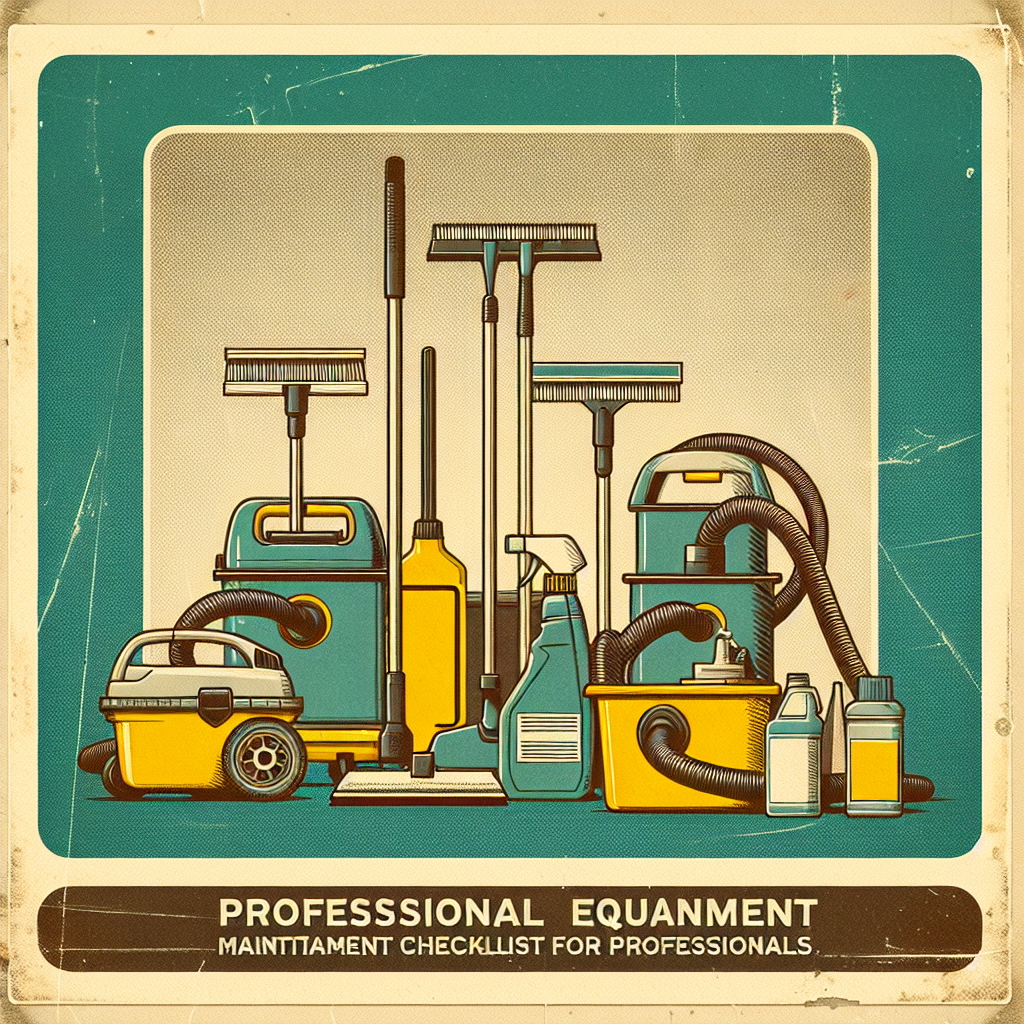Common Causes of Equipment Downtime
Identifying the root causes of equipment downtime is the first step in resolving the issue. Some common reasons for equipment failures in the cleaning industry include lack of regular maintenance, improper usage, aging equipment, and environmental factors such as dust and moisture.
Troubleshooting Techniques
When faced with equipment downtime, a systematic approach to troubleshooting can help in identifying and rectifying the problem promptly. Here are some effective techniques to address equipment issues:
- Conduct a thorough inspection of the equipment to visually check for any visible damages or loose components.
- Refer to the equipment manual for troubleshooting guidance and maintenance tips provided by the manufacturer.
- Test the equipment in a controlled environment to replicate the issue and narrow down the possible causes.
- Seek assistance from qualified technicians or contact the equipment supplier for specialized support if needed.
Preventive Maintenance Strategies
Implementing preventive maintenance practices can significantly reduce the frequency of equipment downtime incidents. Here are some proactive strategies to keep your cleaning equipment in optimal condition:
- Create a maintenance schedule that includes regular inspections, cleaning, lubrication, and component replacements as per the manufacturer's recommendations.
- Train your staff on proper equipment handling and maintenance procedures to minimize the risk of operational errors and premature failures.
- Keep detailed records of maintenance activities, repairs, and equipment performance to track maintenance history and identify recurring issues.
Importance of Timely Repairs
Delaying equipment repairs can exacerbate the underlying issues, leading to more extensive damage and prolonged downtime. It is essential to address equipment problems promptly to prevent operational disruptions and maintain a smooth workflow.
Timely repairs not only extend the lifespan of cleaning equipment but also contribute to overall operational efficiency and customer satisfaction.Utilizing Technology for Maintenance
Leveraging technology can streamline maintenance processes and enhance equipment performance monitoring. Cleaning businesses can benefit from using specialized software and tools to automate maintenance reminders, track equipment usage, and analyze performance metrics.
Continuous Training and Skill Development
Investing in training programs for staff members involved in equipment operation and maintenance is crucial for minimizing downtime and ensuring safe usage practices. Regular training sessions can enhance employees' skills, knowledge, and awareness of equipment care best practices.
- Provide hands-on training sessions to familiarize staff with equipment functionalities, safety protocols, and troubleshooting procedures.
- Encourage continuous learning and skill development through online resources, workshops, and certifications related to equipment maintenance and repair.
Partnering with Reliable Suppliers
Establishing strong partnerships with reputable equipment suppliers and service providers is essential for prompt assistance and access to genuine replacement parts. Reliable suppliers can offer technical support, maintenance services, and valuable recommendations for optimizing equipment performance.
Conclusion
Effectively managing equipment downtime requires a proactive approach, systematic troubleshooting techniques, and a commitment to regular maintenance practices. By prioritizing preventive maintenance, timely repairs, technology integration, continuous training, and strategic partnerships, cleaning businesses can minimize downtime instances and maximize operational efficiency.



